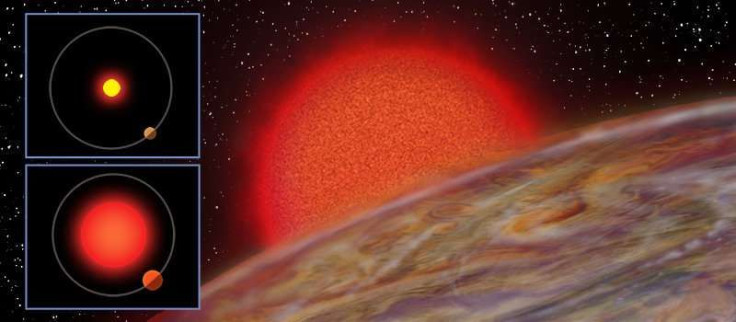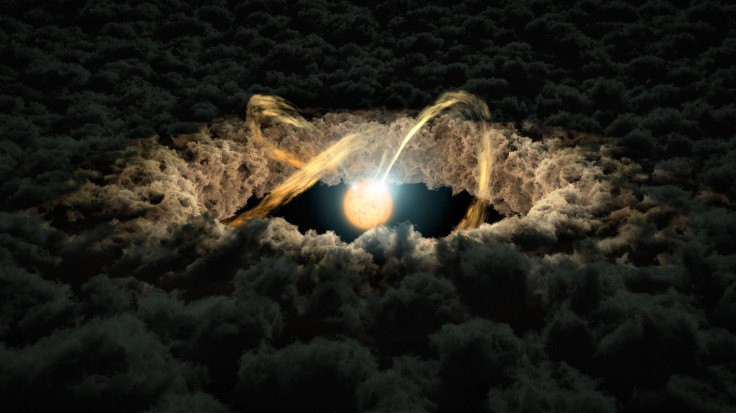How Old Stars Make ‘Hot Jupiter’ Exoplanets So Huge

It’s been a mystery why some gassy planets that orbit super close to their stars inflate like balloons, but astronomers now have a couple of new clues about how this happens.
Those clues come in the form of two planets that appear identical, even though they live in different solar systems. Both exoplanets take a turn around their stars, which are red giants, every nine days and have about half the mass of Jupiter, although they are puffed up to be about a third larger than it. A study in the Astronomical Journal says seeing these conditions has helped scientists better understand how this class of so-called puffy planets came to be.
The puffy worlds are within the “hot Jupiter” category of exoplanets — planets that are comparable to the gas giant Jupiter in size and composition, with mostly hydrogen and helium, but orbit close in to their stars, making them scorching. Some of them are inflated so much, with their masses spread out over such great diameters, that they are bigger than the universe’s tiniest stars.
Scientists have suggested that the flow of heat in their atmospheres is what makes these planets so puffy, according to a statement from the University of Hawaii at Manoa. The new research offers support to that theory.
The researchers estimated the amount of radiation the twin planets would have received throughout their lifetimes from their red giants, old stars that themselves are puffed up quite a bit, and how they would have absorbed it. They say the radius of each exoplanet is typical for the radiation levels they currently receive but not historical radiation levels that would have been flying their way, suggesting a link between the amount of radiation and their current size.
“Since we don’t have millions of years to see how a particular planetary system evolves, planet inflation theories have been difficult to prove or disprove,” researcher Samuel Grunblatt said in the statement.
But cracking the puzzle could help us predict our own future, since one day the sun will turn into a red giant.
“Studying how stellar evolution affects planets is a new frontier, both in other solar systems as well as our own,” Grunblatt said. “With a better idea of how planets respond to these changes, we can start to determine how the Sun’s evolution will affect the atmosphere, oceans, and life here on Earth.”

© Copyright IBTimes 2024. All rights reserved.




















